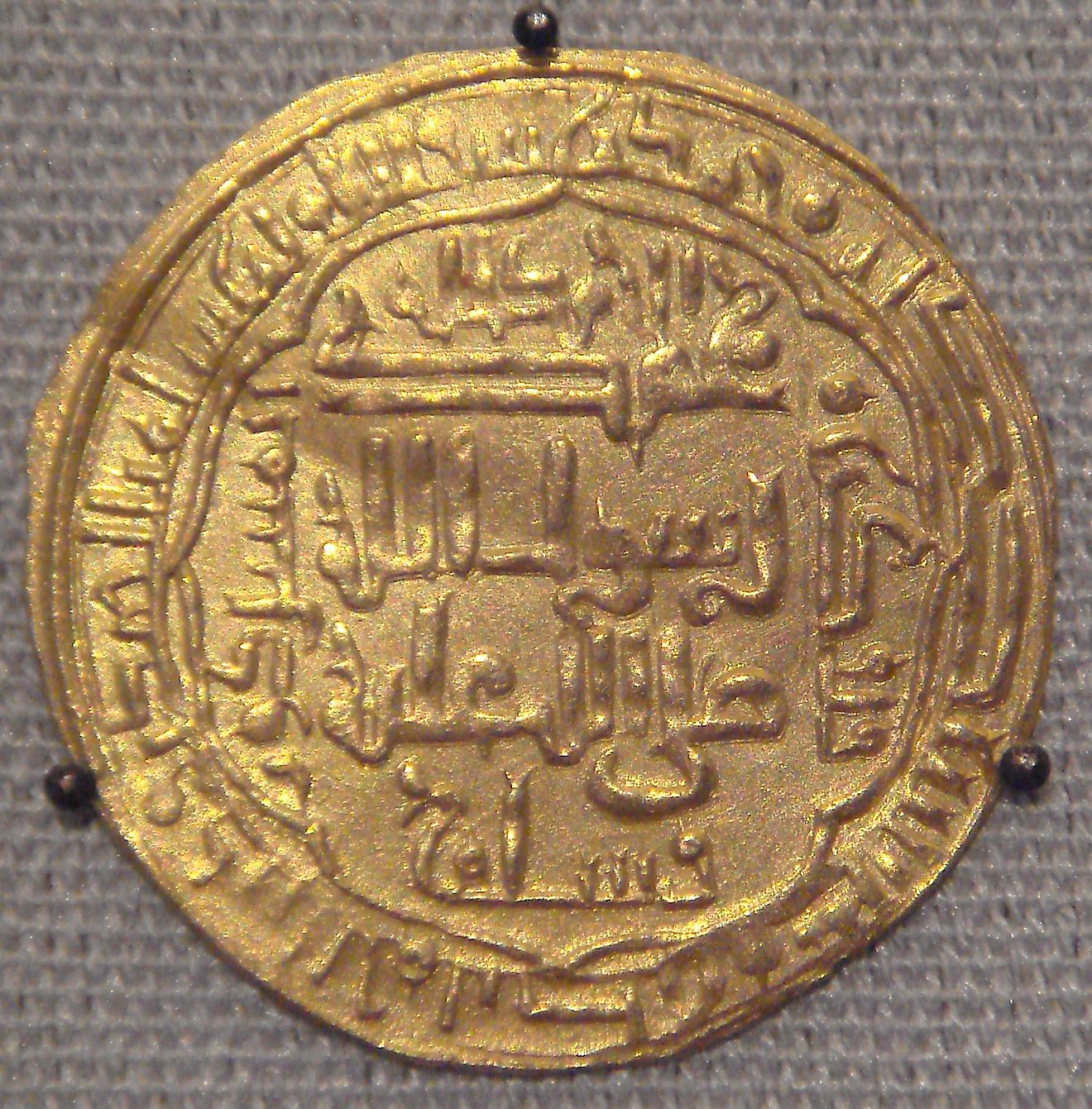Caliphates Through The Ages

Caliphates that Functioned Through the Ages
Caliphate refers to the religious and political area that comprises the lands, people, and Muslim community under its authority in the centuries after the death of Prophet Mohamed. Caliphs rule them. Caliphs are the stewards or political and religious leaders within the caliphate. Apparently, the leadership of the caliphates grew fast due to invasion and conquest during the first and second centuries. The following are some of the caliphates that have reigned through the ages:
Rashidun Caliphate
This caliphate functioned after the death of Prophet Mohamed in 632-661 AD. Rashidun means the Rightly-Guided, and it was the first leadership in the Muslim world in the absence of Prophet Mohamed. Apparently, all the caliphs that ruled in this dynasty were directly related to Prophet Mohamed as close companions, or the caliphs were from the same tribe and through marriage. Succession in Rashidun Caliphate was through approval from the Islamic society. Furthermore, the succession process was determined by the friends of Mohamed the Prophet, and they appeared before the people as faits accomplis. However, the Rashidun Caliphate was not a steady dynasty and hence there was the emergence of succession disputes.
Umayyad Caliphate
It was the first Muslim Caliphate to pass down power to their family. Apparently, it consisted of two families that descended from a similar ancestor. Originally, the two families came from the city of Mecca and are considered to be from diverse clans. This type of caliphate ruled the Islamic dynasty from 661 to 750 AD.
Abbasid Caliphate
This caliphate ruled the Islamic dynasty from 750 to 1517 AD. The caliphate adapts its name from its ancestor who was known as al-Abbas, a relative of Prophet Mohammed. In 750 AD, this Caliphate defeated the Umayyad caliphate, and transferred the capital of the dynasty to Baghdad, from Damascus. This regime transformed its concept and stability to the Orthodox Islam, which formed the foundation of authority and unity within the Caliphate. Further, the conquest of the Abbasid dynasty advanced the fruits of power and Islam religion to even the non-Arabs. The regime was greatly influenced by the Persian culture, which caused rapid growth of scholarly life within the Caliphate.Apparently, the Abbasid Caliphate was divided into two groups of caliphs. The first group of caliphs reigned from 750 to 945 AD where it declined and paved the way to the Turkish military. Conversely, the power of the caliphate peaked from 945 to 1517 where the ruling caliphs contained real power and authority which passed it on to empires of secular monarchs.
Ottoman Caliphate
It was the last to function during the era of the Sunni Caliphate, and it was under the reign of the Ottoman Dynasty. The rulers of this dynasty maintained the caliphal leadership since the conquest of Edirne. It functioned from 1517 to 1924, and through the conquest, it emerged as the protector of the Holy cities of Medina and Mecca. These advanced and reinforced the Ottoman caliphate in the Muslim world. However, the end of the Ottoman dynasty occurred because of slow attrition of authority and power to Europe.
Caliphates Through The Ages
| Caliphate | Years In Power (Proclaimed) |
|---|---|
| Rashidun | 632-661 AD |
| Umayyad | 661-750 AD |
| Abbasid | 750-1517 AD |
| Ottoman | 1517-1924 |
| Sharifian | 1924-1925 |
| Political Dormancy (excepting Ahmadiyya) | 1925-2014 |
| Islamic State | 2014-Present |











